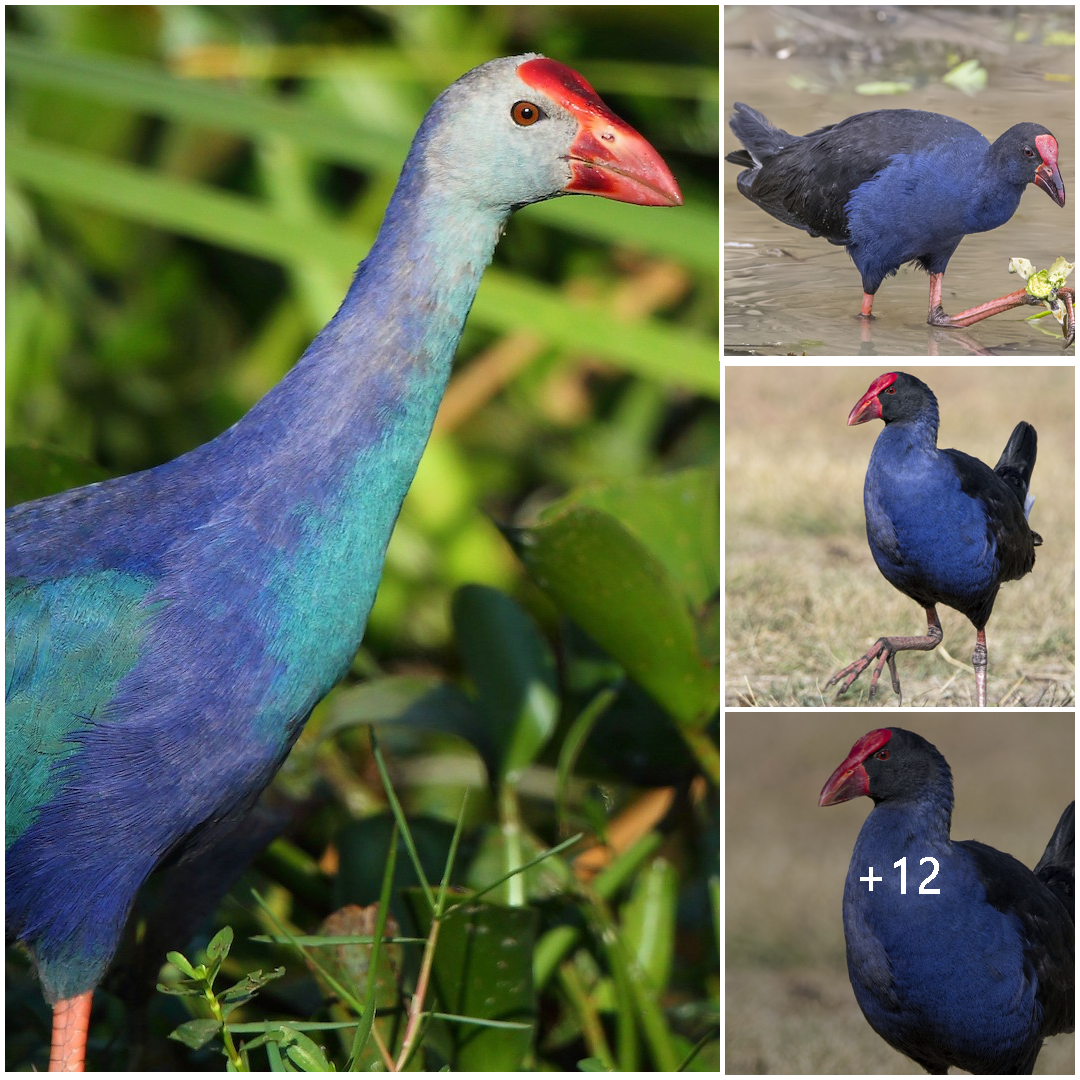
Swamphen: The Fascinating Wetland Bird
The swamphen, also known as the purple swamphen, is a captivating wetland bird that inhabits marshes, swamps, and other watery habitats across the globe. With its striking purple-blue plumage and long, sturdy legs, the swamphen is a sight to behold.
Physical Characteristics
The swamphen is a large bird, measuring around 16 to 19 inches (40 to 50 centimeters) in length. It is characterized by its vibrant plumage, which ranges from deep blue to purple, with a contrasting red bill and frontal shield. Its legs are long and slender, adapted for wading through shallow water and navigating dense vegetation.
Habitat and Distribution
Swamp hens are typically found in wetland habitats, including freshwater marshes, reed beds, and mangrove swamps. They are native to various regions around the world, including Africa, Europe, Asia, and Australia. These adaptable birds can thrive in a range of environments, from tropical wetlands to temperate marshes.
Behavior and Diet
Swamp hens are highly adaptable birds with omnivorous feeding habits. They primarily feed on a diet of aquatic vegetation, seeds, insects, and small invertebrates. Their long toes and claws enable them to walk on floating vegetation and forage in shallow water.
Swamp hens are generally solitary birds but may form small groups, especially during the breeding season. They are known for their loud, distinctive calls, which echo across the wetlands as they communicate with each other.
Conservation Status
While swamphens are not currently considered globally threatened, some local populations may face habitat loss and degradation due to human activities such as urbanization, agriculture, and pollution. Wetland conservation efforts are crucial for ensuring the survival of these unique and ecologically important birds.
In conclusion, the swamphen is a fascinating wetland bird with its striking appearance, adaptable behavior, and important ecological role. Conservation efforts aimed at preserving and restoring wetland habitats are essential for safeguarding the future of this species and the diverse ecosystems they inhabit.





